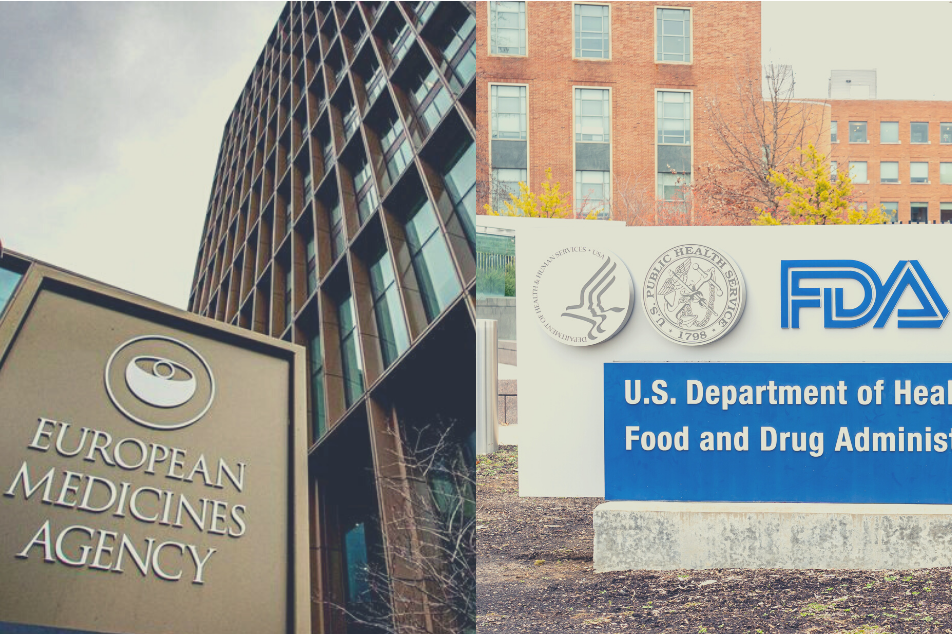Of course they do! The collaboration between EMA and FDA formally started already in 2003. Today the two agencies have almost daily interactions, with the aim to better align, and advance scientific and regulatory excellence worldwide. Already from the start, assessment of oncology‐hematology medicines was discussed. Over the years, groups have been created to cover many therapeutic areas or types of products, including as diverse topics as advanced therapies, biosimilars, pediatric medicine development and rare diseases. Recently, an important decision was taken to share full GMP inspection reports, including trade secret information, between the agencies.
The FDA and EMA yearly bilateral dialogue, held just recently, was focused on ongoing joint initiatives, strategic priorities and identified areas where their already close collaboration can be further strengthened. The medical emergency presented by the COVID-19 pandemic was of course high up on the agenda. The agencies shared experience and challenges in facilitating the development, review, and availability of COVID-19 vaccines.
Even though not always leading to a firm output, the joint discussions may increase harmonization and sometimes solve divergences. But does this mean that decisions regarding approvals are aligned? No, not necessarily. There are examples of products for which FDA and EMA have made different decisions with the EMA approval of Translarna indicated for Duchenne muscular dystrophy in 2014 being a well-known example. Another striking example is products indicated for treatment of fibromyalgia, there are three products approved in US but none of these reached approval within EU. Another example is that FDA and EMA sometimes reach a positive decision regarding product approval, but for different subsets of the originally proposed indication.
What can we expect FDA and EMA to discuss in the future? Well, for certain, how to build regulatory decisions on evidence generation from other sources than randomised studies will be discussed. Also, regulatory challenges with advanced therapies for rare diseases will continue to be on the agenda. Hopefully, initiatives to support development of products to “fight” antibacterial resistance is not forgotten.
I do believe communication between FDA and EMA is a good thing. A few European national agencies are involved in the collaboration and an engagement from the national agencies might strengthen the collaboration further. A good example is the learning from the experience of the “breakthrough” classification from FDA to establish PRIME as an EU process to support drug developers.
The bilateral talks may not always result in firm actions, but it is the ability to engage in this collaboration that will prove to be important in the long run. We all want a mutual understanding and a solid platform to stand-on when a crisis, like the covid-19 pandemic, is emerging.
Marie Gårdmark

